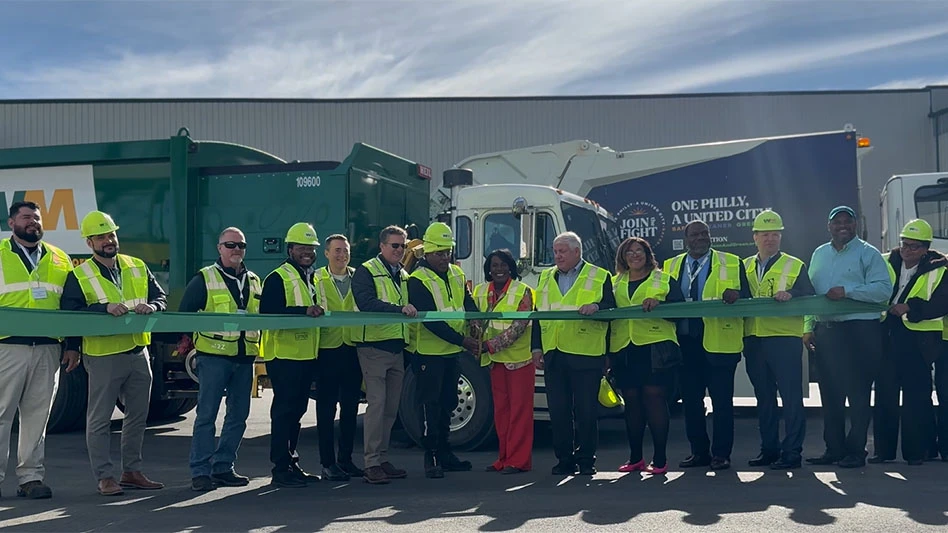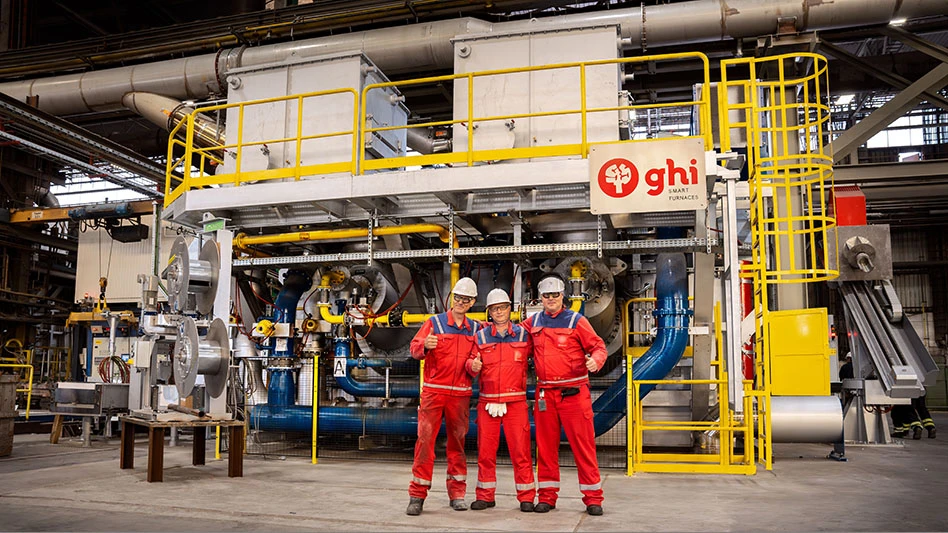
Photo courtesy of Shutterstock
The U.S. recycling of plastic bottles, nonbottle rigids and film declined by 27 million pounds in 2019, or 0.5 percent, according to a new report released today by the Association of Plastic Recyclers (APR), Washington. The report was sponsored by the APR, the Foundation for Plastic Recycling and the American Chemistry Council (ACC). According to the ACC, the decline points to systemic issues in U.S. recycling.
The “2019 U.S. Post-Consumer Recycling Data Report” marks the first year the major plastic categories have been reported together in a single report. The report is based on surveys conducted by Stina Inc., Sonoma, California and NAPCOR (National Association for PET Container Resources), Charlotte, North Carolina. It presents findings for the major plastic categories recovered for recycling—bottles, nonbottle rigids, film and other plastics excluding foam—by destination, noting changes over time.
In 2019, 5.09 billion pounds of postconsumer plastic sourced in the United States were recovered for recycling. Polyethylene terephthalate (PET) and high-density polyethylene (HDPE) bottles collected for recycling totaled nearly 1.78 billion pounds and 998 million pounds, respectively, while polypropylene and other bottles totaled 34.7 million pounds. Nearly 1.29 billion pounds of nonbottle rigid plastics were collected for recycling, while plastic film collected for recycling totaled 977.7 million pounds.
U.S. reclaimer capacity in 2019 was consistent with that of 2018 at nearly 2.4 billion pounds, according to the report. Fiber remained the dominant North American market for recycled PET bottles, though the bottle end market share increased year over year, followed by sheet and film, strapping and other end markets.
Compared with 2018, the largest increase in recycling in 2019 was among nonbottle rigid plastics (45.9 million pounds) and the largest drop in recycling was in PET bottles (39.3 million pounds), according to the study. Although plastic film collected for recycling declined overall, film recovered from retail and agricultural sources increased. At 55.2 percent, plastic bottles continued to make up most of the plastic recovered for recycling, with nonbottle rigids accounting for 25.3 percent, film totaling 19.2 percent and other plastic, excluding foam, making up the remainder at 0.3 percent.
The report reveals that most of the material recovered for recycling in the United States in 2019 was purchased by reclaimers in the U.S. or Canada (87.9 percent combined), while 12.1 percent of the plastics collected for recycling in the U.S. was exported overseas. This compares with 2010 figures of 61 percent and 39 percent, respectively. Bottles accounted for the majority of exports, rising by 26 million pounds compared with 2018, while nonbottle rigid exports stayed flat, and postconsumer film exports dipped by 28.5 million pounds.
While recycling of plastics in North America has risen approximately 8 percent since 2017, the recycling industry faces ongoing challenges, according to the 2019 survey.
“Flat or declining recycling rates are a sign that the system needs support,” says Steve Alexander, APR president and CEO. “Declines in mature recycling streams, such as PET and HDPE bottles, make brand company commitments to increased recycled content even more challenging. There are many opportunities to support continued growth in film and nonbottle rigid recycling as well as turn the course for bottles by focusing on what recyclers need to succeed as they are the engines of the circular economy.”
Alexander continues, “Our modes of commerce and consumption are changing, and our system of recovering resources must change too. Collection of quality material is essential for recyclers to produce quality feedstock at lower environmental and economic costs.”
Joshua Baca, vice president of plastics at the Washington-based ACC, says, “Companies across the plastics value chain are deeply committed to transitioning to a circular economy, and we’re pleased to see innovations and investments in everything from designing for recycling to modernizing our plastics recycling infrastructure. We look forward to working with policymakers, our business partners and other stakeholders to accelerate the shift toward circularity.”
To access the data dashboard and the full report, click here.
Latest from Recycling Today
- ReElement, Posco partner to develop rare earth, magnet supply chain
- Comau to take part in EU’s Reinforce project
- Sustainable packaging: How do we get there?
- ReMA accepts Lifetime Achievement nominations
- ExxonMobil will add to chemical recycling capacity
- ESAB unveils new cutting torch models
- Celsa UK assets sold to Czech investment fund
- EPA releases ‘National Strategy to Prevent Plastic Pollution’





